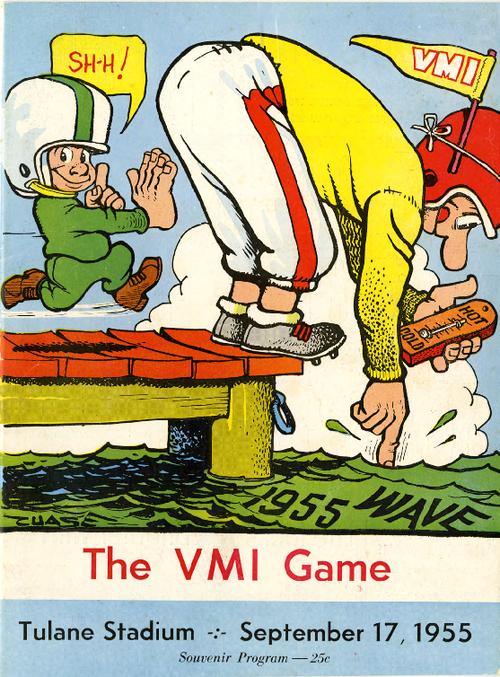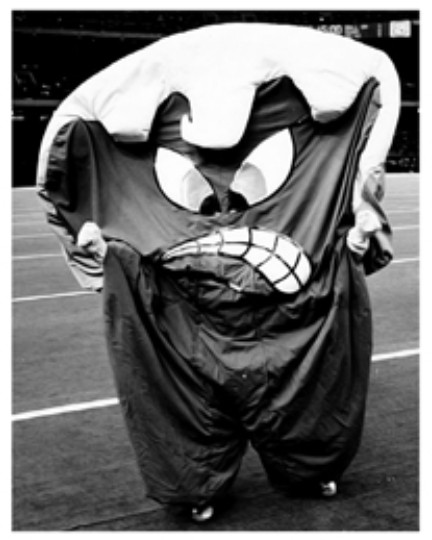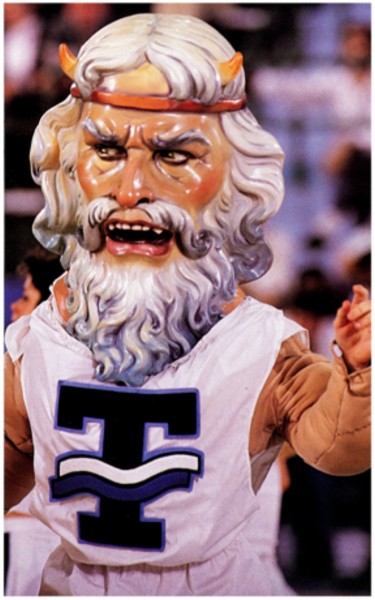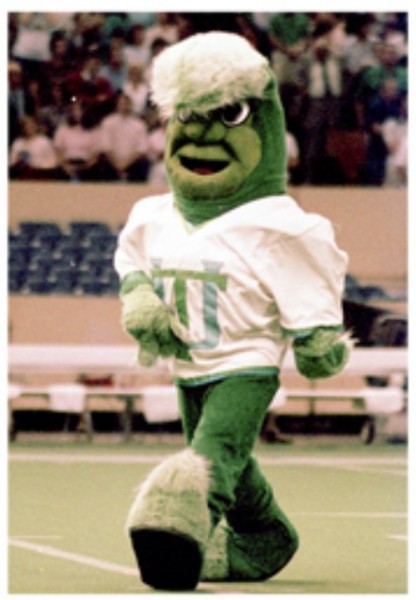Tulane’s mascot should change again to maintain tradition
The time has come to change Tulane’s mascot. Though this may sound like a radical stance, changing the mascot is the only way for Tulane to uphold one of its longest traditions. To understand this, we need to remember our history.
When Tulane began its first competitive athletics teams in 1893, we were simply known as “the Olive and Blue,” or as “the Greenbacks.” But in 1920, then-Editor of the Hullabaloo Earl Sparling wrote and published a football song for Tulane called “The Rolling Green Wave.” Because of that song, Tulane became synonymous with the Green Wave, which became the foremost symbol of our university.
But the Green Wave wasn’t our only sigil for long. In addition to the Green Wave, Tulane also began to represent itself as an image of a pelican riding a surfboard.

More than 30 years later, in 1955, Tulane decided it still wasn’t satisfied by its angry wave or its beach-boy pelican icons, so we decided to try something new. Tulane replaced the wave and the pelican with “Greenie,” a small and mischievous child that literally represented the university for almost a decade.
The small child was used for Tulane’s posters and was emblazoned on Tulane-branded apparel. For football games, advertisements frequently featured Greenie playing tricks on other schools. Though Greenie was criticized for being too “soft” as a mascot, a small angry child is probably the most accurate symbol that’s ever represented Tulane’s student body.
In 1964, we moved away from Greenie and changed the mascot yet again. Tulane cast aside Greenie completely and prioritized the Green Wave as Tulane’s main symbol. At football games, the Green Wave was represented by an angry, sack-like mascot. The angry wave was well received and managed to stay on top for almost twenty years.
Eventually, though, the tides turned against the angry wave. For no clear reason, students began to represent Tulane using Poseidon with horns, sometimes referred to as Neptune. The god of the sea wore a Tulane-branded toga and frequented our football games throughout the 80s. Though he became popular with students, the Tulane administration never officially adopted horned Poseidon as our school’s official mascot.


Though the 80s administrators of Tulane failed to accept Poseidon, they did give the Green Wave a big makeover. In 1986, Tulane replaced the angry wave with a sleeker, slimmer, happier Green Wave. The jolly green mascot became lovingly known as “Gumby” due to its resemblance to Gumby, the cartoon character. Gumby held strong as our mascot for 12 years.
Finally, in 1998, Tulane introduced Riptide the Pelican, who continues to serve as our mascot to this day.
But, like many Tulanians throughout history, I believe we can do better than our current mascot. After 20 years, the time has come for Tulane to uphold its proud tradition of changing our mascot to something new, unique and demonstrably strange.
We could give Riptide a surfboard like our pelican from the 1920s. We could bring back the oddly demonic Poseidon mascot that never got the chance to officially represent our school. The specific change is frankly unimportant. But, in order to honor our history, I think it is time we make a change again.
All photos courtesy of Tulane University New Wave.

Leave a Comment
Your donation will support the student journalists of Tulane University. Your contribution will allow us to purchase equipment and cover our annual website hosting costs.
















Tanner Lee • Jun 1, 2020 at 2:49 am
We can’t seem to keep our fans behind a mascot because we can’t seem to win football games on a consistent basis. In order for our fans to except our mascots, we have to except bowl bids. Let’s rack up a few more bowl appearances before we do anything.
We need to focus on putting together football schedules that give us a great chance at winning at least 8 games every season.
1 Ticket Selling FCS like Southern (The band sells), SLU, Grambling and Northwestern St. All of those teams bring fans to Yulman and make our often pathetic football life 5 wins away from being Bowl eligible. One of these teams should be scheduled every year. So what if some of our fans bitch about it! When we start selling out every year, then we should listen to the complain! For now, let’s continue to watch Southern bring in over 27K to the Big Easy!
2. We need to schedule ULL every year! Tha Cajuns sell tickets!
3. We need to schedule La Tech and ULM every so often. Both schools bring more to Yulman than UConn, UMass and Missouri State will ever bring.
4. Schedule a lower tier MAC and Mountain West opponent every other year as well! Yes, we want to see a Oklahoma and Auburn every so often, but we have to set ourselves up to have a possible 10-12 win seasons every so often. A Tulane team that starts the season 3-0 win with wins over Nicholls, ULM and New Mexico State brings a first AAC match up of the season vs UCF more asses in the seats!
Come on fellas! Get with the times! We can do 12-0 with non conference wins vs LSU, USC and Penn State and still miss the CFP! Let’s just focus on being a 1998 type program! Roll Wave!
Kenny Francingues • Oct 25, 2019 at 1:16 pm
I would love to hear the old fight song brought back. Roll Green Wave roll ’em down the field.
Thanx!
Kenny Francingues
Baseball ’79